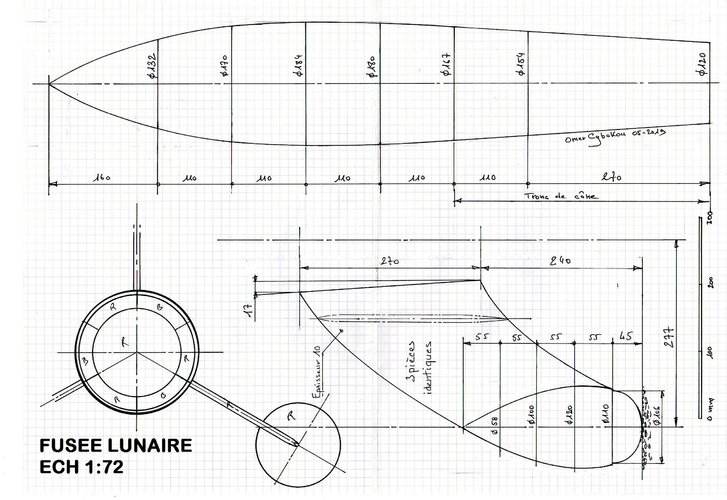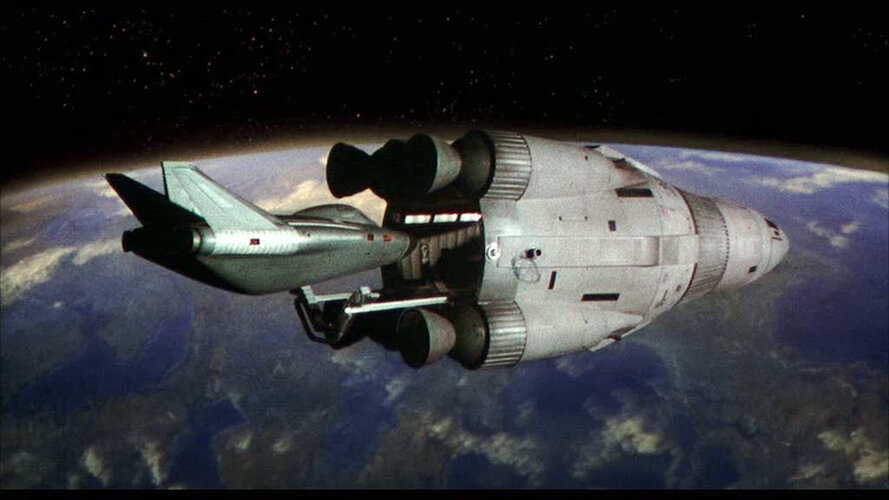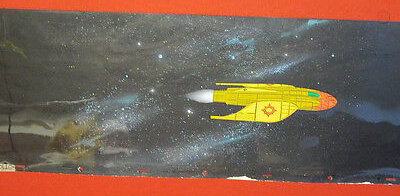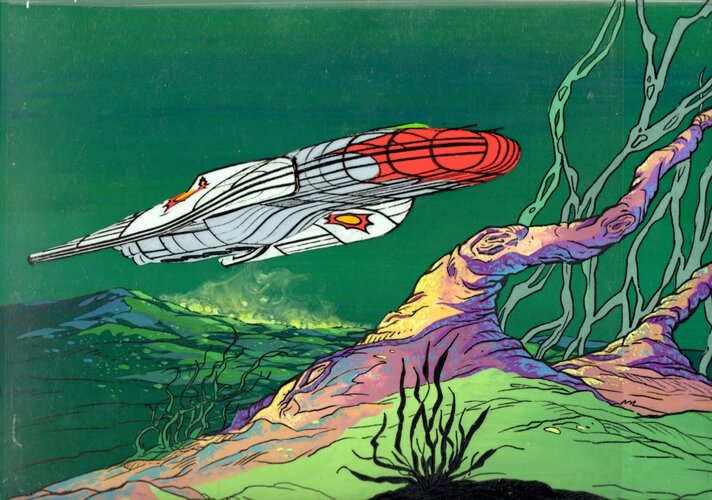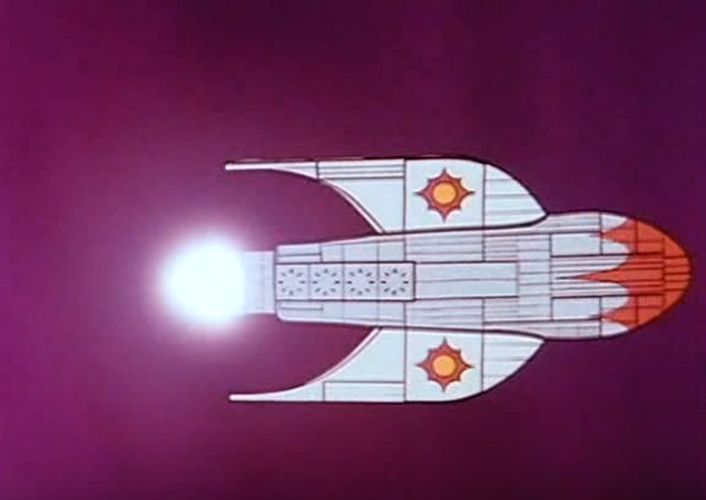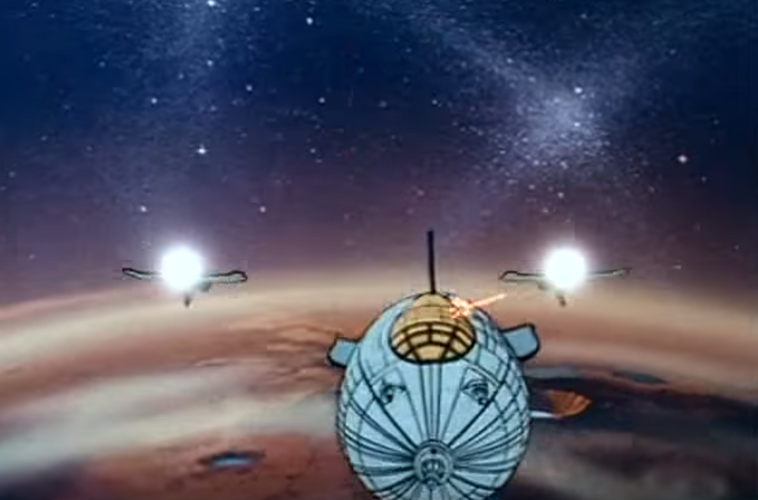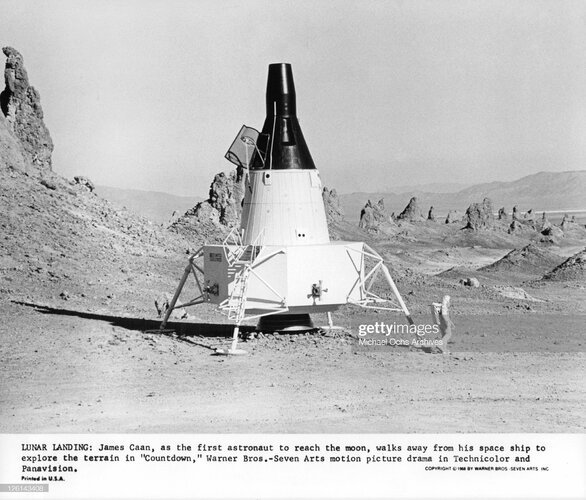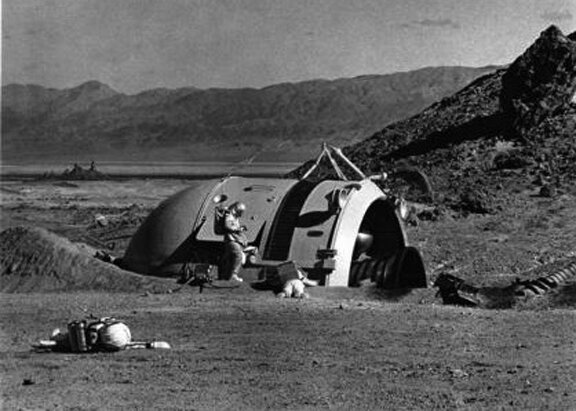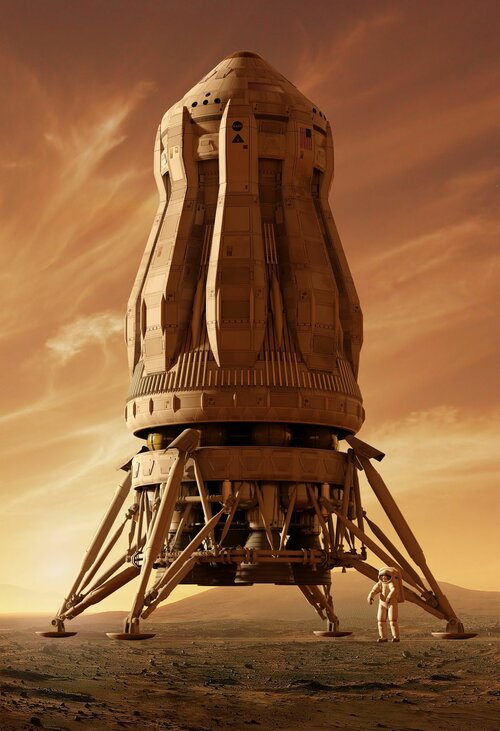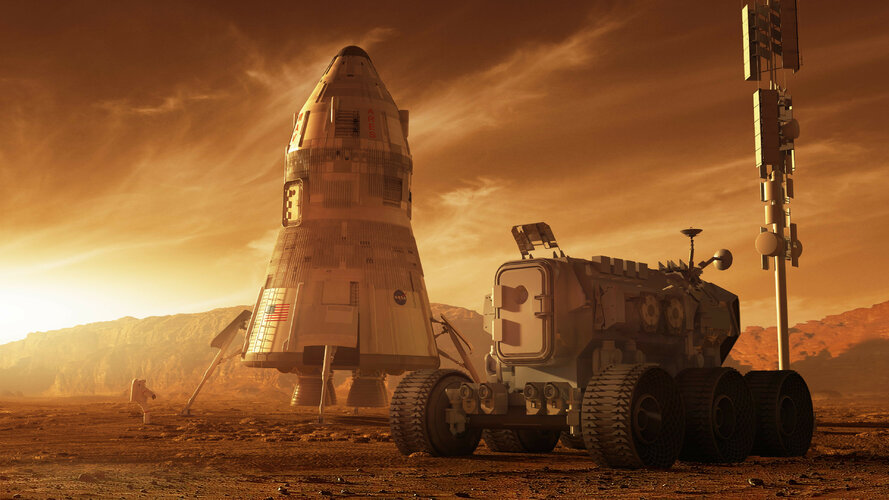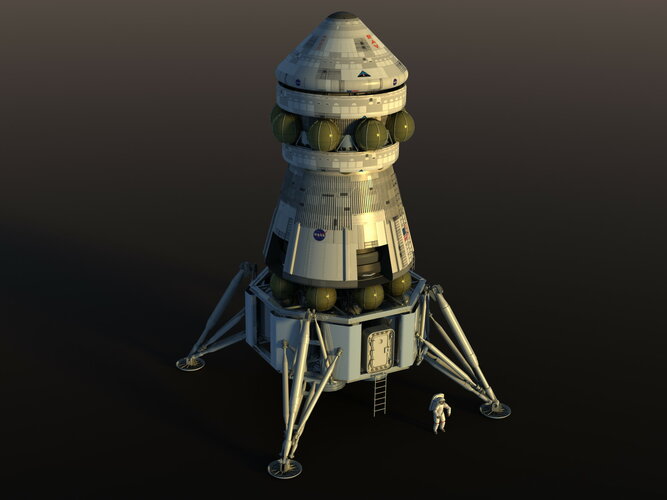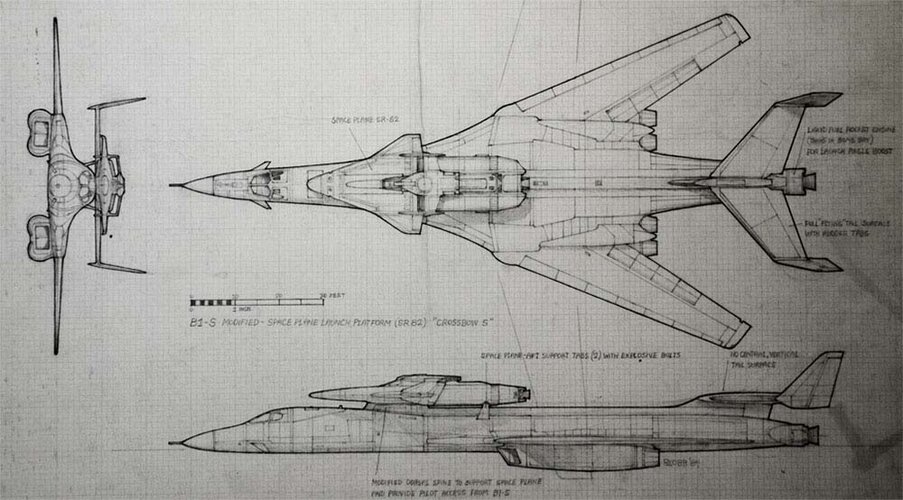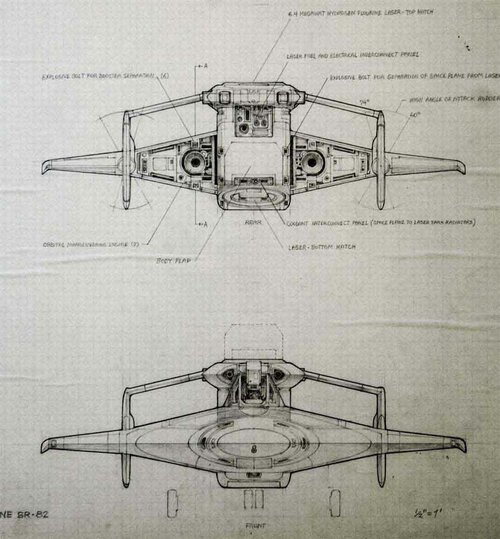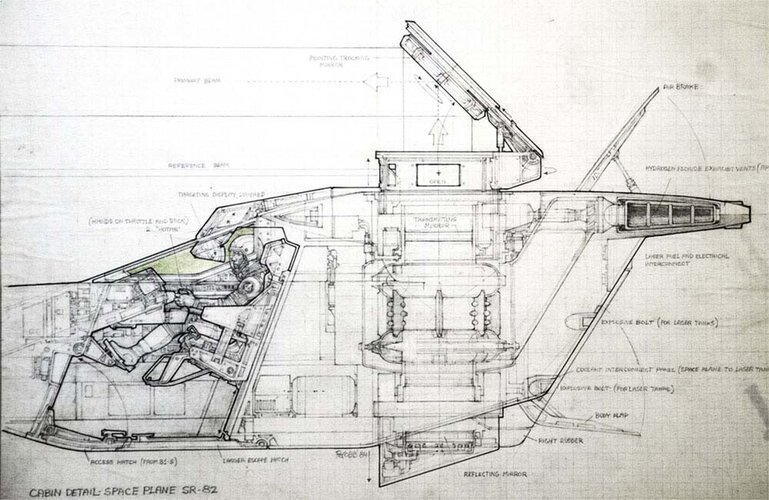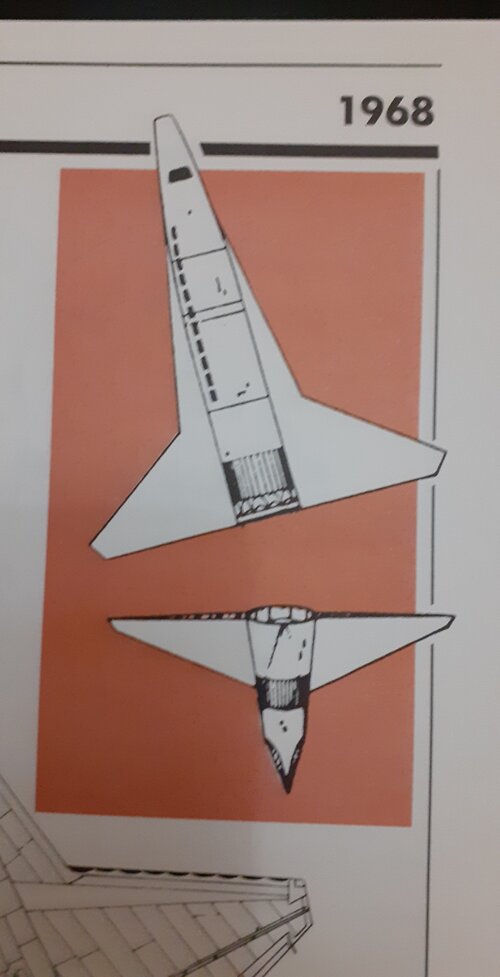X-39
To post or not to post, that is the question
- Joined
- 20 February 2021
- Messages
- 382
- Reaction score
- 928
Few are the videogames with realistic space mechanics, such is the case of the R-352 Sepia appearance in the "Zero Gravity"(despite the design in question not being realistic from an engineering perspective) Mission from Ace Combat 3, for which the developers included a unique handling to portray how a vehicle would move in
vacuum, trying to do cool Star Wars style maneuvers without firing thrusters accomplishes... nothing except gimballing the spacecraft while it keeps moving in whatever direction was facing.

 acecombat.fandom.com
acecombat.fandom.com


it
vacuum, trying to do cool Star Wars style maneuvers without firing thrusters accomplishes... nothing except gimballing the spacecraft while it keeps moving in whatever direction was facing.

R-352 Sepia
The R-352 Sepia is a spacecraft developed by Neucom Incorporated. It's the first star fighter in Strangereal. The Sepia is named after the genus of the Cuttlefish. Originally, the Sepia was named R-302 during development.[1] This was later shared with the unrelated YR-302 Fregata. The R-352 was...

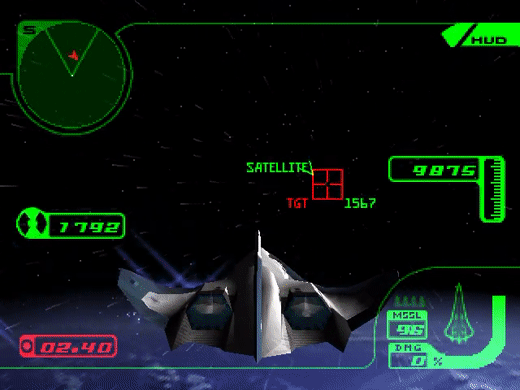
it
Last edited:

